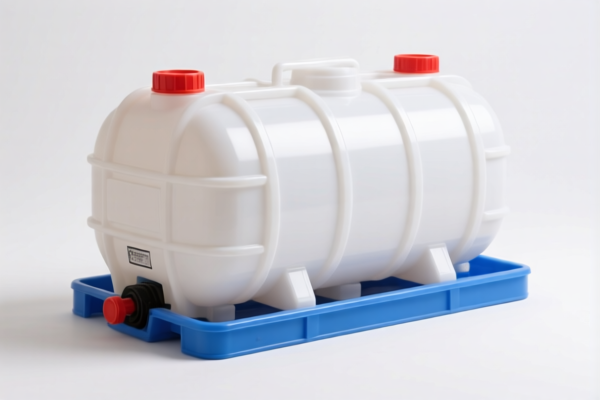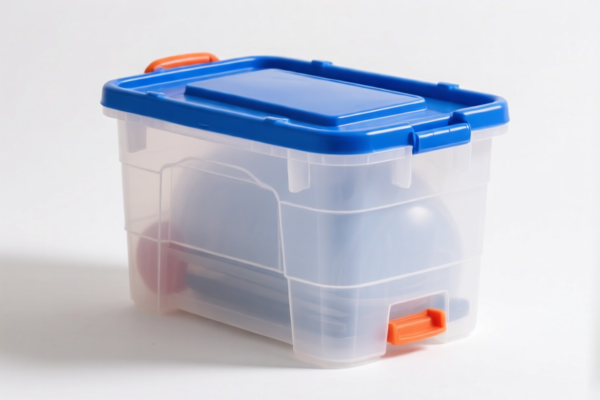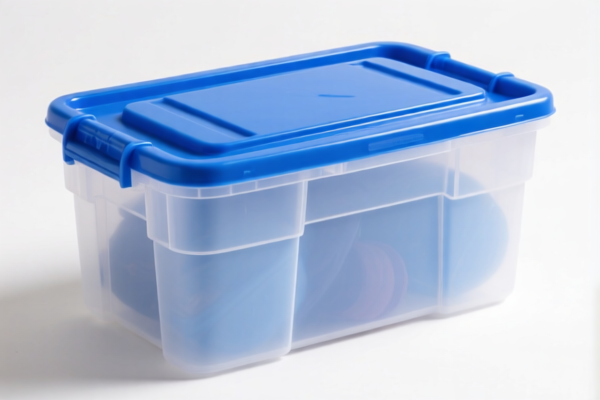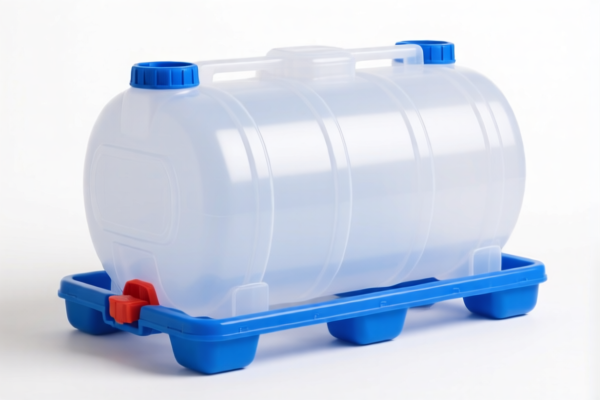| HS Code | Official Doc | Tariff Rate | Origin | Destination | Effective Date |
|---|---|---|---|---|---|
| 7010905005 | Doc | 55.0% | CN | US | 2025-05-12 |
| 7309000090 | Doc | 80.0% | CN | US | 2025-05-12 |




Declaration Analysis: GLASS STORAGE TANK - HS Code Classification & Customs Considerations
Based on the provided information, you have two potential HS code classifications for your "GLASS STORAGE TANK" declaration. Let's break down each one and its implications:
1. HS Code: 7010.90.50.05 – Glass Containers (Other)
- Chapter 70: Glass and Glassware. This chapter covers all types of glass and articles made of glass.
- 7010: Carboys, bottles, flasks, jars, pots, vials, ampoules and other containers, of glass, of a kind used for the conveyance or packing of goods; preserving jars of glass; stoppers, lids and other closures, of glass. This specifically targets containers designed for holding or transporting goods.
- 7010.90: Other. This sub-heading covers glass containers not specifically classified elsewhere within 7010.
- 7010.90.50: Other containers (with or without their closures) Of a capacity exceeding 1 liter. This further narrows down the classification to glass containers with a capacity over 1 liter.
-
7010.90.50.05: Having a mouth with an outer diameter of <38 mm or more. This is the most specific classification, applying to containers with a mouth diameter of 38mm or greater.
Applicability: This HS code is suitable if your glass storage tank is primarily designed for containing or transporting goods and meets the capacity and mouth diameter criteria. Think of large glass carboys used for chemicals or wine.
Tax Implications: * Basic Tariff: 0.0% * Additional Tariff: 25.0% (Currently) * Additional Tariff (Post April 2, 2025): 30.0% * Total Tax: 55.0%
2. HS Code: 7309.00.00.90 – Reservoirs, Tanks, Vats (Iron or Steel)
- Chapter 73: Iron or Steel Articles. This chapter covers a wide range of products made from iron or steel.
- 7309: Reservoirs, tanks, vats and similar containers for any material (other than compressed or liquefied gas), of iron or steel, of a capacity exceeding 300 liters, whether or not lined or heat insulated, but not fitted with mechanical or thermal equipment. This specifically targets large containers made of iron or steel.
- 7309.00.00: Other. This sub-heading covers reservoirs, tanks, and vats not specifically classified elsewhere within 7309.
-
7309.00.00.90: Other. This is a broad "other" category within 7309.00.00.
Applicability: This HS code is suitable if your storage tank is made of iron or steel and has a capacity exceeding 300 liters. This would be appropriate for large industrial storage tanks.
Tax Implications: * Basic Tariff: 0.0% * Additional Tariff: 25.0% (Currently) * Additional Tariff (Post April 2, 2025): 30.0% (Specifically for steel/aluminum products) * Total Tax: 80.0%
Key Considerations & Recommendations:
- Material is Crucial: The primary material of your storage tank is the most important factor in determining the correct HS code. Is it glass or iron/steel?
- Capacity Verification: Double-check the actual capacity of the tank. This will determine if it falls within the 300-liter threshold for HS code 7309.
- Intended Use: While both codes cover storage, 7010 leans towards containers for goods, while 7309 is more for general material storage.
- Certification: Depending on the material and intended use of the tank, you may need to provide certifications (e.g., material composition reports, pressure testing results).
- Single Declaration: Ensure consistency in your declaration. If you are importing multiple tanks, they should all fall under the same HS code unless there are significant material or capacity differences.
- 2025 Tariff Changes: Be aware of the upcoming tariff changes in April 2025, particularly the increased additional tariff for steel/aluminum products.
To help me provide a more accurate classification, could you please confirm:
- What is the primary material of the storage tank?
- What is the exact capacity of the tank?
- What is the tank primarily used for?
Disclaimer: I am an AI assistant and this information is for general guidance only. Customs regulations are complex and subject to change. It is always recommended to consult with a qualified customs broker or relevant authorities for definitive classification and compliance advice.
Customer Reviews
The site provided good HS Code info for glass storage tanks, but I wish the material and capacity guidelines were more clearly defined.
I found the explanation of the 55% tariff rate for glass storage tanks very helpful. The detailed analysis made it easier to understand the classification.
The information on the 80% tariff for steel tanks was clear, but I wish there were more examples of similar products under HS Code 7309.
The breakdown of HS Code 7010.90.50.05 was really helpful. It clarified the specific criteria for glass containers over 1 liter.
I found the explanation of the 55% tariff rate for glass storage tanks very helpful. The detailed analysis made it easier to understand the classification.